Literature
Billie Carleton’s Death and the Birth of a Genre

Original article here.
How did the hedonistic death of one minor actress lead to Fu Manchu and the Yellow Menace?
Read the whole story here.
Posted By: Paul - Fri Apr 21, 2017 -
Comments (0)
Category: Addictions, Crime, Death, Literature, Stereotypes and Cliches, 1910s
The odds of writing Paradise Lost…

For anyone planning to attempt this, John Venn (the guy who invented Venn diagrams) helpfully calculated the odds in his 1888 book The Logic of Chance.
The odds come out to 1 in 26350,000. In other words, not impossible. So start picking those letters!
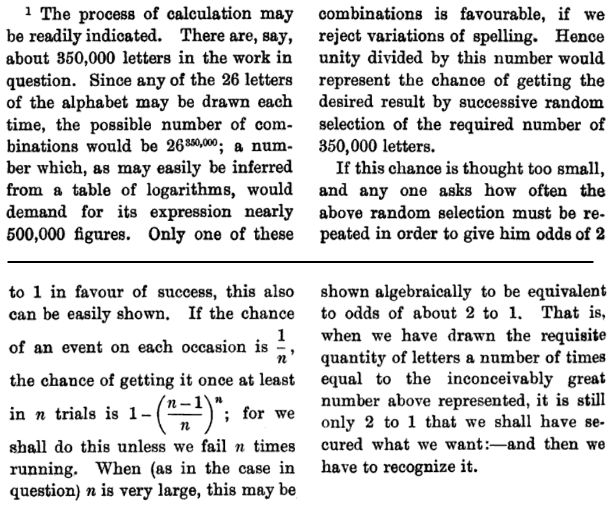
Posted By: Alex - Fri Nov 11, 2016 -
Comments (2)
Category: Literature, Books
Moby-Dick?
One of the great mysteries in American literature is the title of Herman Melville's 1851 novel, Moby-Dick. Or is it Moby Dick? Should the title be hyphenated, or not?The first American edition had a hyphen in the title. But confusingly, inside the book the whale was referred to as Moby Dick, without a hyphen — except for one single time, on page 609, when the name was hyphenated because it spanned two lines.
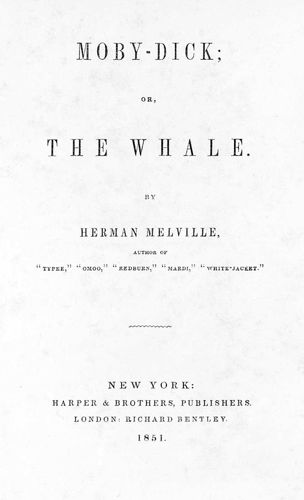
There have been many subsequent editions. Some of them have a hyphenated title. Some of them don't. It seems to be totally random. But because that first edition had a hyphen, scholars consider that to be the correct spelling. So the title of the book is Moby-Dick, but the name of the whale is Moby Dick.
But why the hyphen? There's a number of theories. Perhaps Melville just liked hyphenated titles. One of his earlier works, White-Jacket, was also mysteriously hyphenated.
Or perhaps the hyphen was a mistake. Supporters of this theory note that the title was changed at the last minute, from The Whale to Moby-Dick, and the title change was communicated to the printer by Melville's brother, Allan. So maybe Allan made a mistake, and it was never Herman's intention to hyphenate the title?
We'll never know. It'll always be one of those mysteries that literary scholars love to debate. (such as here, here, and here).
Posted By: Alex - Mon Oct 17, 2016 -
Comments (3)
Category: Literature, Books
The First Do-It-Yourself Novel
Composition No. 1 by Marc Saporta was the first-ever do-it-yourself or interactive novel. It was published in French in 1962, and an English translation followed a year later. The novel came in a box, as a set of looseleaf pages. Readers were instructed to "shuffle them like a deck of cards" before reading, so that chance would decide the order of events in the narrative.
image source: Newsweek - Oct 28, 1963
In 2011, Visual Editions came out with an elegantly boxed new edition of the work (available on Amazon). As well as an iPad version of it that automatically shuffles the pages.
Jonathan Coe, reviewing the new edition for the Guardian in 2011, offered this summary of the book's plot:
Coe noted that the British Library had two copies of the original novel, "both, I'm sorry to say, diligently bound by over-zealous librarians (though at least each copy has the pages bound in a different order)."
Posted By: Alex - Fri Nov 20, 2015 -
Comments (1)
Category: Literature, Books, 1960s
“All you fella die finish!”

Nothing makes for better reading than white men, savages and explosives.
Read the story here.
Posted By: Paul - Mon Aug 03, 2015 -
Comments (2)
Category: Destruction, Literature, Stereotypes and Cliches, 1940s, South Pacific and Polynesia
The Embalmed Head of Oliver Cromwell
Marc Hartzman, author of the weird classic God Made Me Do It (featured here on WU back in 2010) is back with a new journey into the bizarre — The Embalmed Head of Oliver Cromwell - A Memoir. Marc writes:Not only is it the first memoir of an embalmed head, but it is also, I believe, the first book to come with a theme song. It was written and performed by singer/songwriter/pianist Stephie Coplan, whose song, “Hey Oliver Cromwell!” is now available on iTunes and Spotify, and here on Soundcloud [below].
The cover was fully illustrated by Brooklyn artist Vi Luong.
More details at the publisher's site: CuriousPublications.com.
Posted By: Alex - Mon Jul 20, 2015 -
Comments (3)
Category: Literature, Books
The Short Weird Fiction of Guy Benoit
WU-vians with a spare couple of minutes, and who are looking for a wry chuckle or two, would be well advised to check out the flash fiction of Guy Benoit. A small taste below.A tip o' the chapeau to our WU artist Rick Altergott for the alert.

Posted By: Paul - Tue Mar 10, 2015 -
Comments (0)
Category: Literature, Avant Garde, Reader Recommendation
Great Literature for Free!
Paul has decided to embrace the new "work for free" business model of the 21st Century and is giving away one of his books. So get it while you can! It's available as a download either from Barnes and Noble or Amazon (and Amazon UK).You can read more details about the book and exactly why he's giving it away over at his other blog, The Inferior4.

A science fiction story set in one of the oldest cities in the world.
After his wife's death, Rupert decides to change his life and start your journey: he wants to see Matera again, and ends up loving it so much that he decides to move there. But the city is mysterious: who is the beautiful Daeria Bruno that appears and disappears without a trace? And how will the cucibocca's curse affect his life? In a dizzying series of time travels, Rupert will reveal legendary secrets, being at the center of a timeless story.
Posted By: Alex - Sun Sep 14, 2014 -
Comments (6)
Category: Literature, Books
The Rap Canterbury Tales
You haven't really experienced Chaucer's Canterbury Tales until you've heard the rap version. Performed here by Baba Brinkman.
Posted By: Alex - Fri Feb 14, 2014 -
Comments (6)
Category: Literature, Music
Red Seal Comics
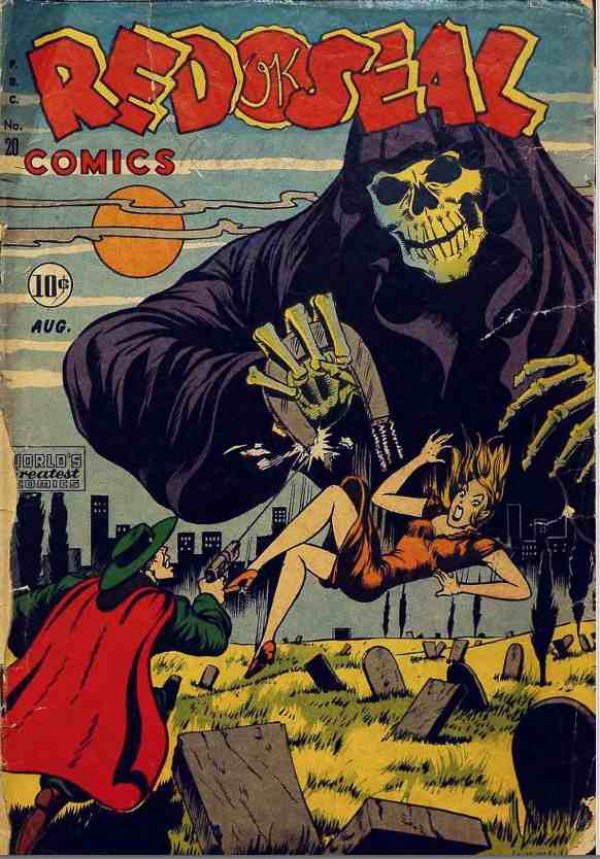
Look at the characters featured in this single issue, and ask yourself if this is not the best comic in the history of the universe.
Read the whole issue here.
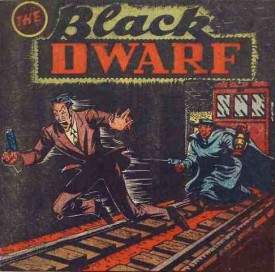
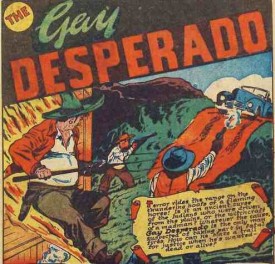
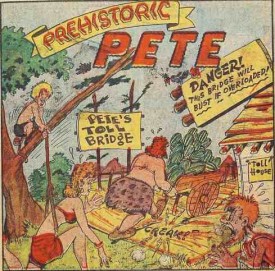
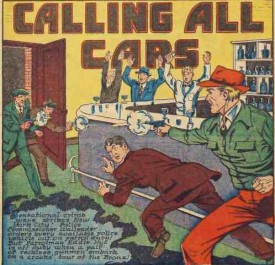
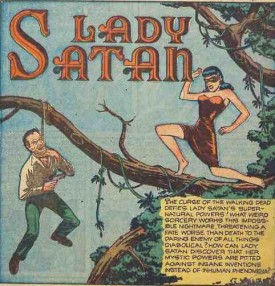
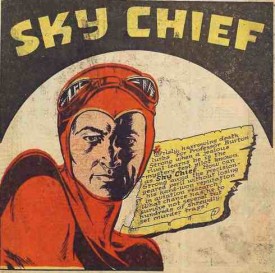
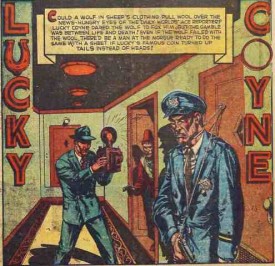
Posted By: Paul - Fri Dec 13, 2013 -
Comments (3)
Category: Detectives, Private Eyes and Other Investigators, Eccentrics, Literature, Superheroes, Mad Scientists, Evil Geniuses, Insane Villains, Comics, 1940s

| Who We Are |
|---|
| Alex Boese Alex is the creator and curator of the Museum of Hoaxes. He's also the author of various weird, non-fiction, science-themed books such as Elephants on Acid and Psychedelic Apes. Paul Di Filippo Paul has been paid to put weird ideas into fictional form for over thirty years, in his career as a noted science fiction writer. He has recently begun blogging on many curious topics with three fellow writers at The Inferior 4+1. Contact Us |






